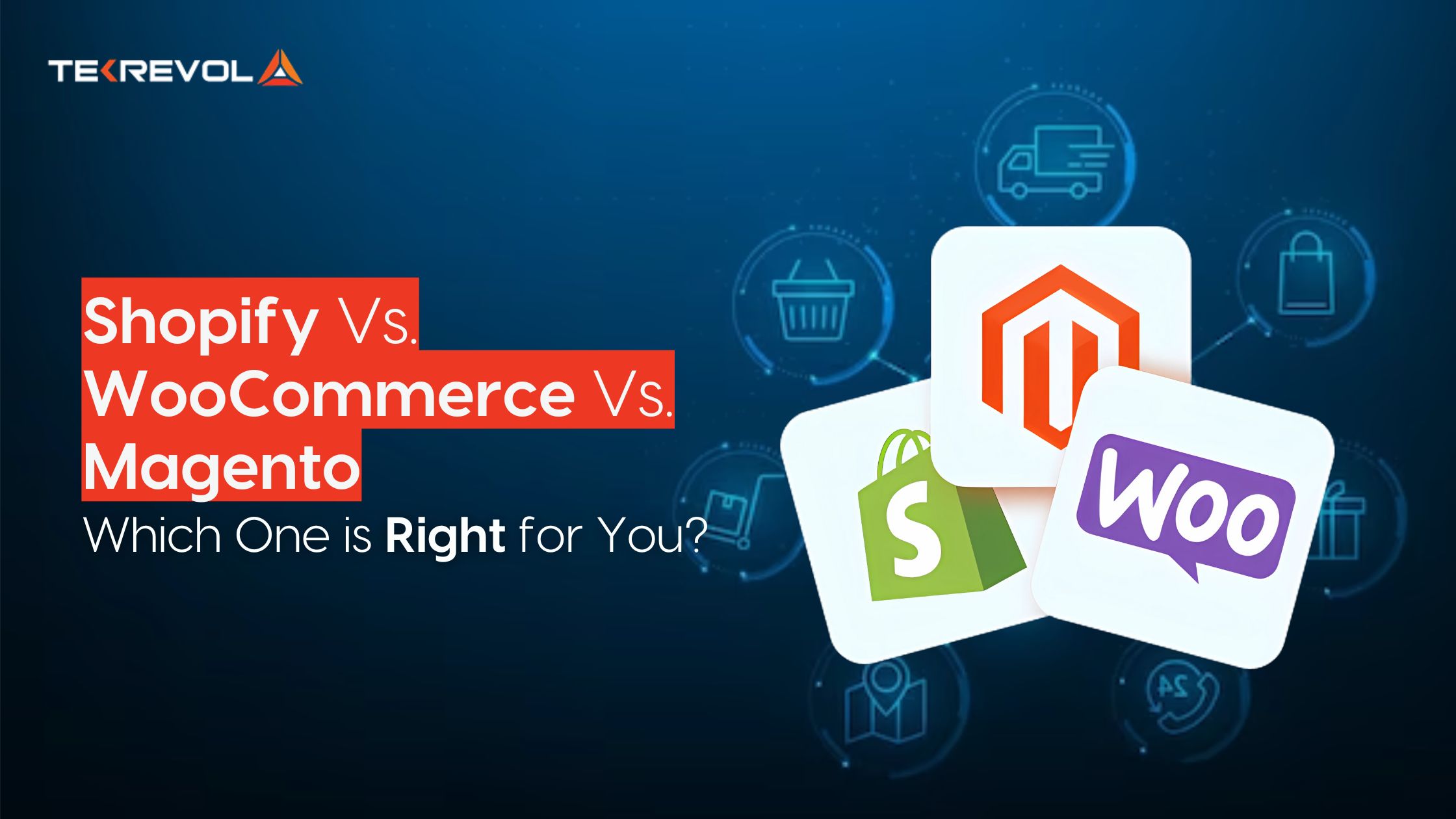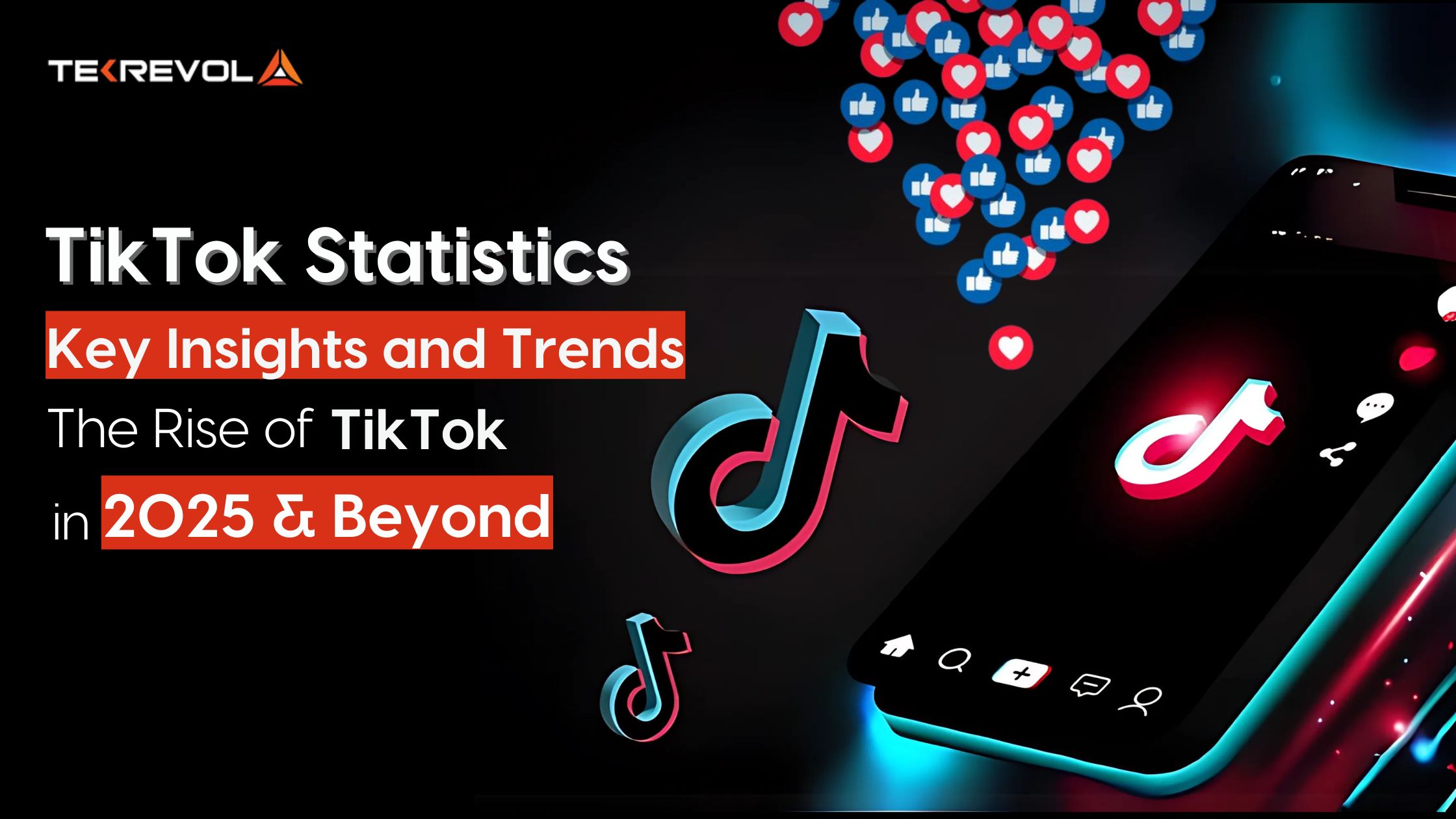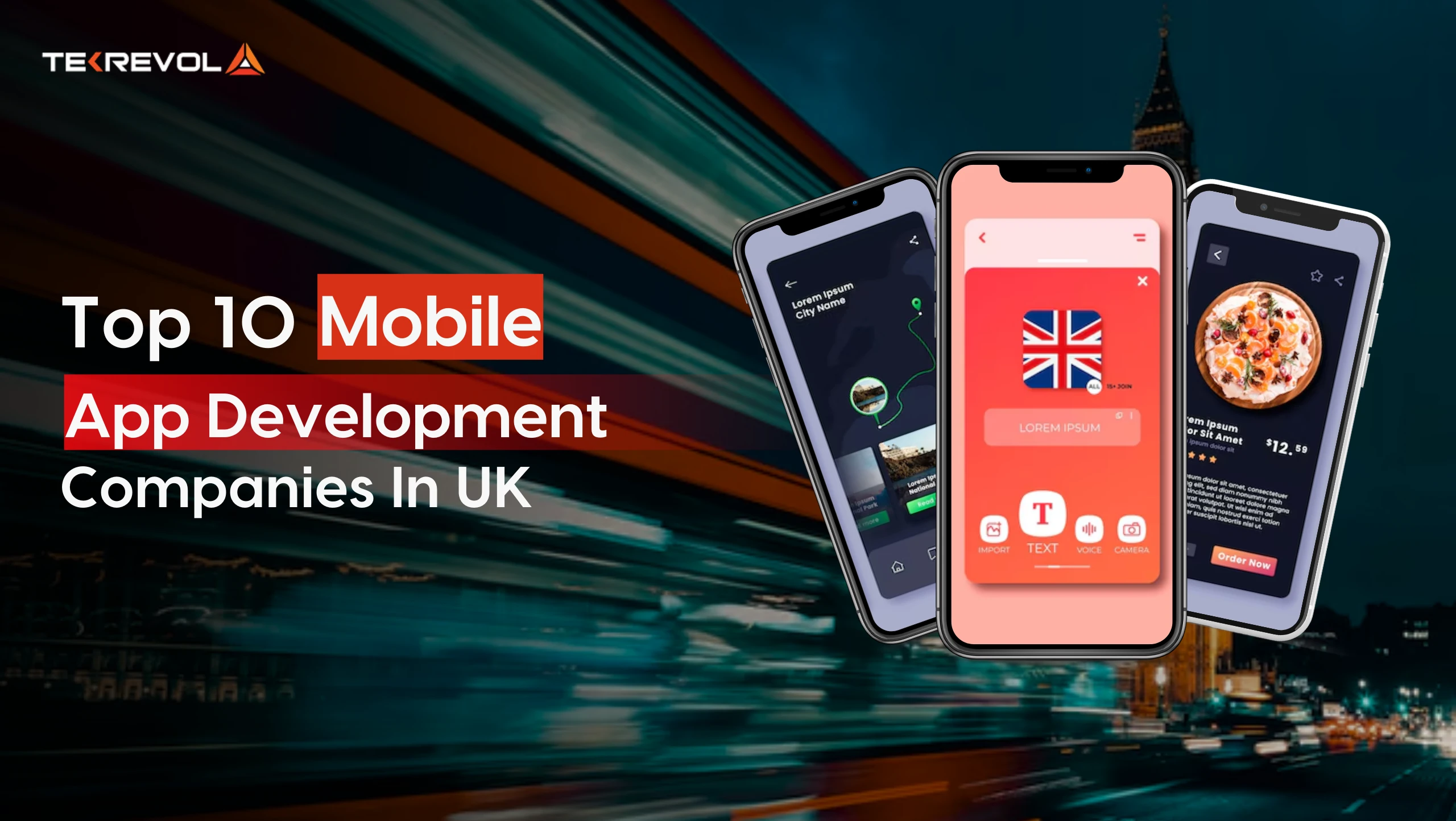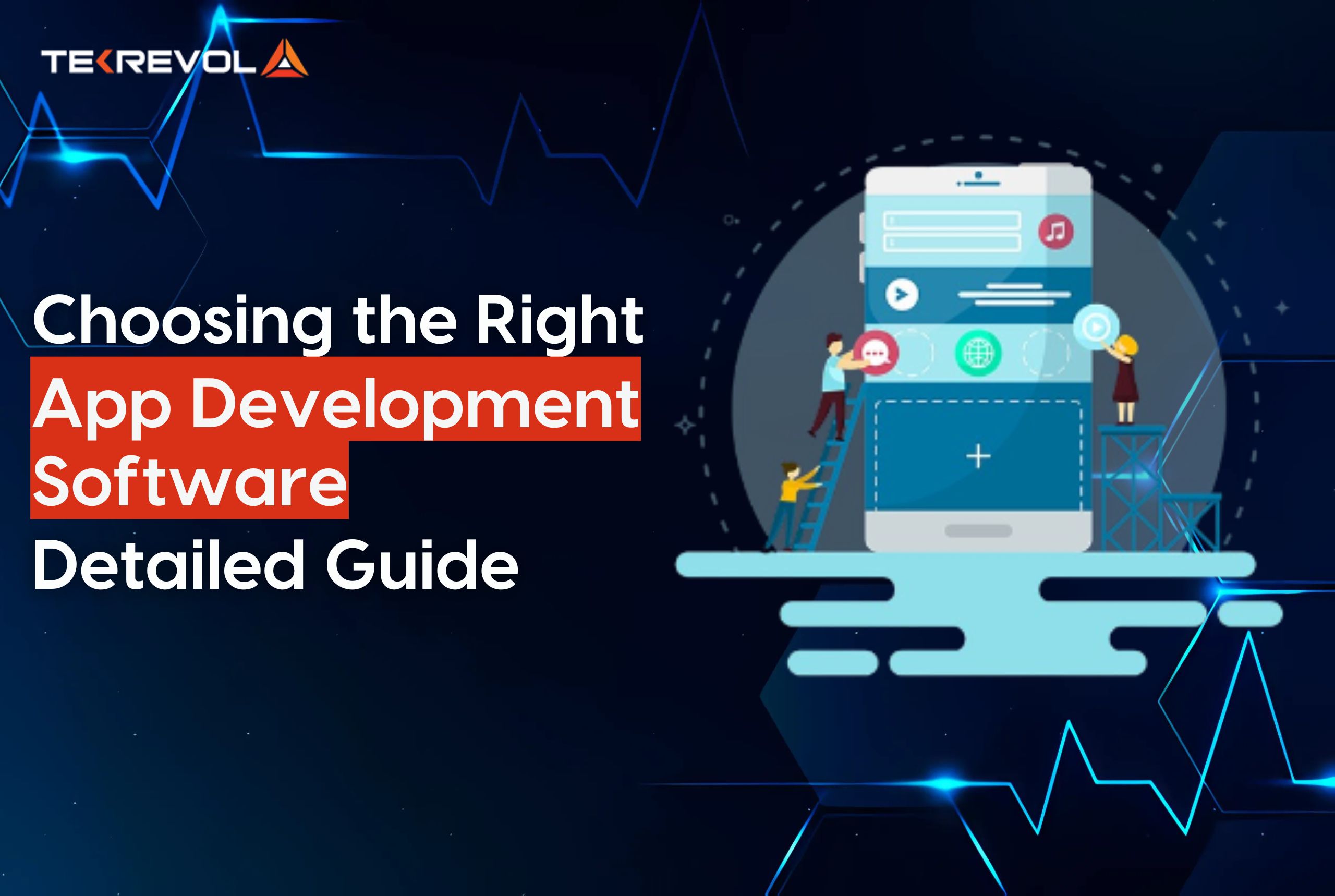The e-commerce world is exploding—global online sales are racing toward $4.32 Trillion by 2025 (yep, trillion with a T).
But here’s the kicker: while 2,162 new online stores pop up yearly, a staggering chunk crash and burn within months.
Why? Your platform choice can make or break your business (spoiler: it’s not just about the tech).
In this crowded marketplace, three giants stand tall: Shopify, WooCommerce, and Magento.
- Shopify wins hearts with its drag-and-drop simplicity and all-in-one magic (hosting, security, and payments done for you).
- WooCommerce is the wildly flexible WordPress plugin, that lets you marry content and commerce like peanut butter and jelly.
- Magento? It’s the Fortune 500 favorite, built to handle complex, large-scale operations with surgical precision.
Whether you’re a first-time seller or a seasoned pro shaking up your strategy, you are in luck.
This guide cuts through the noise with hard data, real-world examples, and zero sugarcoating.
Let’s get to the business.
Shopify vs. WooCommerce vs. Magento: Overview of Each Platform
Shopify Overview
Shopify is the ultimate plug-and-play solution for entrepreneurs who want to sell fast, no fuss.
With over 4.5 million stores running on it (including Allbirds. Yes, those comfy shoes you love!), it’s a hit for startups, midsize brands, and dropshippers.
No coding? No problem. Shopify handles hosting, security, and updates for you.
Its secret weapon? The App Store (8,000+ tools) for SEO, email marketing, and automation. Plus, built-in security (PCI-DSS Level 1 compliance + free SSL) keeps your store safe.
Need speed? Allbirds’ Shopify store loads in 3 seconds flat. (No wonder they’re crushing it).
Factors to Consider for Shopify
- Ease of Use: No coding required, beginner-friendly dashboard.
- Customization: Limited without third-party apps or Shopify Plus.
- Scalability: Great for startups but may require costly upgrades for larger businesses.
- SEO & Marketing: Built-in tools, but URL structures aren’t as customizable as WooCommerce.
Shopify Pricing
- Basic Shopify: $39/month
- Shopify: $105/month
- Advanced Shopify: $399/month
- (Additional transaction fees if not using Shopify Payments)
Shopify Pros and Cons
| Pros | Cons |
| Easy setup, no coding needed | Transaction fees if not using Shopify Payments |
| 24/7 customer support | Limited design flexibility without coding |
| Secure hosting and SSL included | Monthly fees can add up with apps |
| Huge App Store for integrations | Less control over the backend compared to WooCommerce |
WooCommerce Overview
WooCommerce is the ultimate WordPress companion—a free, open-source plugin powering 30%+ of online stores.
If you’re already using WordPress (or plan to), this is your go-to for flexibility. But here’s the catch: you’ll need to handle hosting, domains, and security yourself.
In return? Total control over design, SEO, and functionality.
It blends seamlessly with WordPress, so you can pair your store with a blog (or a content empire).
Need plugins? Thousands exist. Want to tweak every pixel? Go wild. It’s perfect for brands that live and breathe content.
Factors to Consider for WooCommerce
- Customization: Fully customizable, but requires plugins and some technical knowledge.
- Cost: Free to install, but hosting, security, and premium plugins add up.
- Scalability: Good for growing businesses but may require performance optimization.
- SEO & Blogging: Best-in-class SEO capabilities, perfect for content-driven brands.
WooCommerce Pricing
- Free to install but requires additional costs for:
- Hosting: $5-$35/month (varies by provider)
- Premium themes/plugins: $50-$300 one-time or per year
- Security & backups: $10-$50/month
WooCommerce Pros and Cons
| Pros | Cons |
| Free to use and highly customizable | Requires hosting, security, and maintenance |
| Best SEO features compared to Shopify & Magento | Steeper learning curve for beginners |
| No transaction fees | Plugin updates can sometimes cause conflicts |
| Seamless WordPress integration | Performance optimization needed for high-traffic stores |
Magento Overview
Magento (now Adobe Commerce) is the heavyweight champ for enterprise-level businesses.
Multi-Billion Dollar brands like Coca-Cola and Ford that need scalability, customization, and muscle for high-volume sales choose Magento.
But power comes with complexity: you’ll need dedicated hosting, a dev team, and patience for its steep learning curve.
It offers multi-store magic (run 120+ regional shops like Caterpillar does) and ironclad security with regular updates.
But let’s be real: if you’re a small business without tech resources, Magento might feel like climbing Everest in flip-flops.
Factors to Consider for Magento
- Customization: Highly flexible, but requires development expertise.
- Cost: Free for Magento Open Source, expensive for Adobe Commerce.
- Scalability: Best for large enterprises, may be overkill for small businesses.
- Performance: Requires optimized hosting to run smoothly.
Magento Pricing
- Magento Open Source: Free, but development costs apply.
- Adobe Commerce (formerly Magento Enterprise): Starts at $22,000/year (custom pricing for large businesses).
Magento Pros and Cons
| Pros | Cons |
| Highly customizable and scalable | Requires coding knowledge or developer support |
| Powerful for multi-store and international selling | Expensive for Adobe Commerce |
| Strong security and advanced features | Slower setup compared to Shopify |
| No monthly transaction fees | Hosting and maintenance costs can be high |
- The best time to scale your e-commerce store is now!
Detailed Comparison: Shopify vs. WooCommerce vs. Magento
-
Ease of Use
Let’s be honest, time = money. A platform that matches your tech skills means less stress, faster launches.
Sure, flexibility matters, but do you need a developer to tweak a button? That’s a momentum killer.
Shopify
Shopify is built for simplicity—no coding required. 80% of users launch their store within 24 hours (Shopify, 2025).
Its drag-and-drop editor, pre-built themes, and guided setup make it ideal for non-technical users.
Managing products, orders, and marketing is straightforward, with everything under one dashboard.
WooCommerce
WooCommerce offers more control but requires WordPress knowledge.
While installation is easy, configuring payment gateways, themes, and security can be time-consuming.
65% of WooCommerce users hire developers to handle customization (Codeable, 2025).
If you’re comfortable with WordPress, WooCommerce feels natural—but for beginners, it has a learning curve.
Magento
Magento is the most complex of the three. 90% of Magento store owners have in-house developers (Adobe Commerce Report).
While it’s incredibly powerful, setting up and managing a Magento store requires technical expertise. If you don’t have a development team, Shopify or WooCommerce is a better fit.
-
Security
A breach isn’t just about lost data—it’s lost trust (and millions in sales).
Compliance, fraud protection, and uptime aren’t “nice-to-haves.” They’re non-negotiables.
Shopify
As a hosted platform, Shopify handles all security updates. It’s PCI-DSS Level 1 compliant, meaning credit card transactions are secure.
Less than 0.01% of Shopify stores report security breaches (Shopify Trust Report). All stores include SSL encryption, reducing risks for store owners.
WooCommerce
WooCommerce relies on WordPress security, meaning you’re responsible for updates, hosting security, and plugin vulnerabilities.
Studies show that 12% of WordPress plugins have security risks (Wordfence). A strong hosting provider, security plugins, and regular updates are essential.
Magento
Magento is security-focused but requires constant maintenance.
Adobe Commerce offers built-in security tools, but 60% of Magento 1 stores suffered breaches due to outdated software (CVE Details).
Magento 2 has improved security, but it requires a dedicated team for updates.
- Struggling with low sales? Your e-commerce platform might be why.
- Join hands with TekRevol, a premium e-commerce development company, and let’s build a powerful, scalable store that drives real revenue.
-
Performance and Scalability
Speed sells, literally. Pages that load in 3 seconds (like Allbirds’) boost conversions and SEO.
And when your sales 10X overnight, your platform better keep up.
Shopify
Shopify is optimized for speed, handling 10,000+ products smoothly. However,
Shopify’s scalability depends on its pricing plans—high-growth brands often upgrade to Shopify Plus for better performance.
According to recent survey, MVMT Watches scaled to $100M+ in revenue on Shopify Plus.
WooCommerce
WooCommerce scales well with the right hosting. A basic setup struggles with 50,000+ monthly visitors unless properly optimized (Kinsta Study).
Beardbrand ensures 99.9% uptime by pairing WooCommerce with AWS hosting.
Magento
Magento is built for enterprise-level scalability. High-traffic stores with 100,000+ daily visitors run smoothly if properly optimized.
HP manages 200,000+ daily orders on Magento, proving its ability to handle massive traffic loads.
-
Design and Customization
A store’s design influences brand perception, trust, and sales. While some businesses need a plug-and-play solution, others want full design control.
Shopify
Shopify has 100+ themes, but customization is limited unless you edit Liquid code.
60% of Shopify stores use paid themes for better branding (Shopify App Store). While Shopify themes are polished, they lack deep customization without apps or coding.
WooCommerce
WooCommerce has 50,000+ WordPress themes, offering extensive design flexibility.
Stores like Rebecca Minkoff use WooCommerce to create high-end, visually rich designs. Full CSS/HTML control makes it a designer’s dream, but setup can be time-intensive.
Magento
Magento offers full code control, making it the most customizable.
Nike uses Magento for AR-powered product previews, demonstrating how deep customization can enhance user experience. However, extensive customization requires a development team.
- Ready to launch your dream online store without tech headaches?
- TekRevol handles everything; from platform selection and customization to security and integrations—so you can focus on selling.
-
SEO Functionality
Ranking higher on search engines means more traffic and sales. SEO tools and flexibility vary across platforms.
Shopify
Shopify has built-in SEO tools but rigid URL structures.
Still, 45% of Shopify stores rank on page 1 for niche keywords (Ahrefs). Shopify’s SEO works well, but advanced users may find limitations.
WooCommerce
WooCommerce shines in SEO, leveraging Yoast and RankMath for deep optimization.
The New York Times’ online store ranks #1 for “news subscriptions”, thanks to WooCommerce’s flexible SEO capabilities.
Magento
Magento has enterprise-level SEO tools but requires manual configuration. Nestlé uses Magento’s hreflang tags to optimize content across 50+ countries. It’s powerful but demands expertise.
-
Add-ons, Plugins, and Extensions
Extensions help expand your store’s capabilities, from marketing to logistics.
| Platform | Extensions Available | Popular Example | Usage |
| Shopify | 8,000+ | Oberlo | Dropshipping |
| WooCommerce | 55,000+ | Woo Subscriptions | Recurring payments |
| Magento | 5,000+ | Amasty | B2B tools |
Shopify’s App Store focuses on user-friendliness, WooCommerce offers WordPress-level flexibility, and Magento’s marketplace is tailored for enterprise-grade integrations.
-
Pricing
Costs include platform fees, hosting, transaction charges, and development expenses.
| Platform | Upfront Cost | Hidden Costs | Total Yearly (SMB) |
| Shopify | $39/month | Transaction fees (0.5–2%) + apps | $1,500–$10,000 |
| WooCommerce | Free | Hosting ($50/month) + plugins | $1,200–$15,000 |
| Magento | Free (Open Source) | Developers ($100k+/year) + hosting | $25,000–$250,000 |
Shopify is cost-effective for beginners, WooCommerce requires variable costs, and Magento is a significant investment for large businesses.
-
Customer Support
Reliable support helps resolve technical issues and minimize downtime.
Shopify
Shopify offers 24/7 support via chat, phone, and email. It has a 95% satisfaction rate (G2), making it the best for hands-on help.
WooCommerce
WooCommerce relies on community forums, though some hosts provide premium support. GoDaddy offers WooCommerce support at $30/hour, making help accessible but not free.
Magento
Magento Open Source users rely on community forums, while Adobe Commerce customers get 24/7 enterprise support. However, response times average 48 hours (Adobe).
- Is your e-commerce store costing you more than it’s making?
- Let TekRevol optimize your Shopify, WooCommerce, or Magento store for faster performance, higher conversions, and long-term success.
Which Platform is Right for You?
Let’s cut through the analysis paralysis—your platform choice shapes your business future.
Whether you’re a scrappy startup or a scaling giant, here’s how to decide:
When to Choose Shopify
Shopify shines for small to medium businesses, startups, or anyone craving a no-fuss, plug-and-play setup (seriously, it’s that easy).
If terms like hosting, security, or technical jargon make your eyes glaze over, Shopify handles it all so you can focus on selling.
Dropshippers, direct-to-consumer brands, and subscription boxes love it for good reason.
Example: Peach Lingerie hit $10M in revenue in two years (yes, really!), thanks to Shopify’s one-click checkout and built-in marketing tools that work like magic.
Best for:
- Beginners with no coding knowledge
- Businesses looking for a hassle-free, all-in-one platform
- Brands needing quick scalability without technical complexity
When to Choose WooCommerce
WooCommerce is perfect if you’re already cozy with WordPress, run a content-heavy brand, or want total control over your store’s DNA.
It’s budget-friendly but demands some tech-savvy (think hosting setups, security tweaks, and custom coding). Ideal for blending commerce with storytelling!
Example: A Cup of Jo (you know, that super-relatable lifestyle blog) pulls in $2M+ yearly using WooCommerce. They mash up e-commerce with killer editorial content, riding hard on WordPress’s SEO superpowers.
Best for:
- Businesses already using WordPress
- Those who want full design flexibility
- Budget-conscious brands that can handle technical aspects
When to Choose Magento
Magento? That’s the heavyweight champ for enterprises, sprawling operations, or stores expecting tsunami-level traffic.
Need B2B features, multi-store management, or customization so deep it’s basically a black hole? Magento’s your match.
Example: Caterpillar (yep, the construction giants) operate 120+ regional stores on Magento. Think localized pricing, 10-language support, and product catalogs bigger than your last Zoom meeting agenda.
Best for:
- Enterprises with global reach
- High-volume businesses needing custom workflows
- Brands with in-house development teams
- Don’t let the wrong e-commerce platform hold you back!
- TekRevol’s expert developers will analyze your business needs and build a store that maximizes profits on Shopify, WooCommerce, or Magento.
Quick Comparison Table
| Factor | Shopify | WooCommerce | Magento |
| Ease of Use | ⭐⭐⭐⭐⭐ (Beginner-friendly) | ⭐⭐⭐⭐ (Moderate, WordPress required) | ⭐⭐ (Developer expertise needed) |
| Scalability | ⭐⭐⭐ (Up to $50M/year) | ⭐⭐⭐⭐ ($100M/year) | ⭐⭐⭐⭐⭐ ($1B+ enterprises) |
| Mobile Commerce | Built-in AMP | Plugins required | PWA Studio |
| AI Tools | Shopify Magic | Jetpack AI | Adobe Sensei |
| Best For | Startups, SMBs | WordPress users, Creators | Enterprises, Global Brands |
Why Choose TekRevol for Your E-Commerce Development?
Choosing the right e-commerce platform is just the first step. Implementing it effectively is what sets successful businesses apart.
You need a reliable partner who understands the nuances of Shopify, WooCommerce, and Magento, and that’s where TekRevol comes in.
With years of experience in e-commerce development, TekRevol has helped businesses across industries launch, scale, and optimize their online stores.
Whether you need platform selection, full-scale customization, secure migrations, or ongoing technical support, our experts ensure seamless implementation that drives conversions and growth.
Why businesses trust TekRevol:
- Proven track record in Shopify, WooCommerce, and Magento development
- End-to-end services, from strategy to launch and maintenance
- Expertise in custom integrations, performance optimization, and security
- Migration solutions for businesses shifting from outdated platforms
- Dedicated support for scalability, omnichannel selling, and automation
Success Story: An apparel brand struggling with performance issues switched to Shopify with TekRevol’s help, achieving 40% faster load times and a 25% boost in sales.
Your e-commerce success starts with the right development team. Let TekRevol handle the tech so you can focus on growing your business.
Schedule a Free Consultation and let’s build something great!
- Your dream e-commerce store is just one call away!
- Let TekRevol design, develop, and optimize a Shopify, WooCommerce, or Magento store that’s tailored to your business goals.

 94 Views
94 Views March 25, 2025
March 25, 2025









